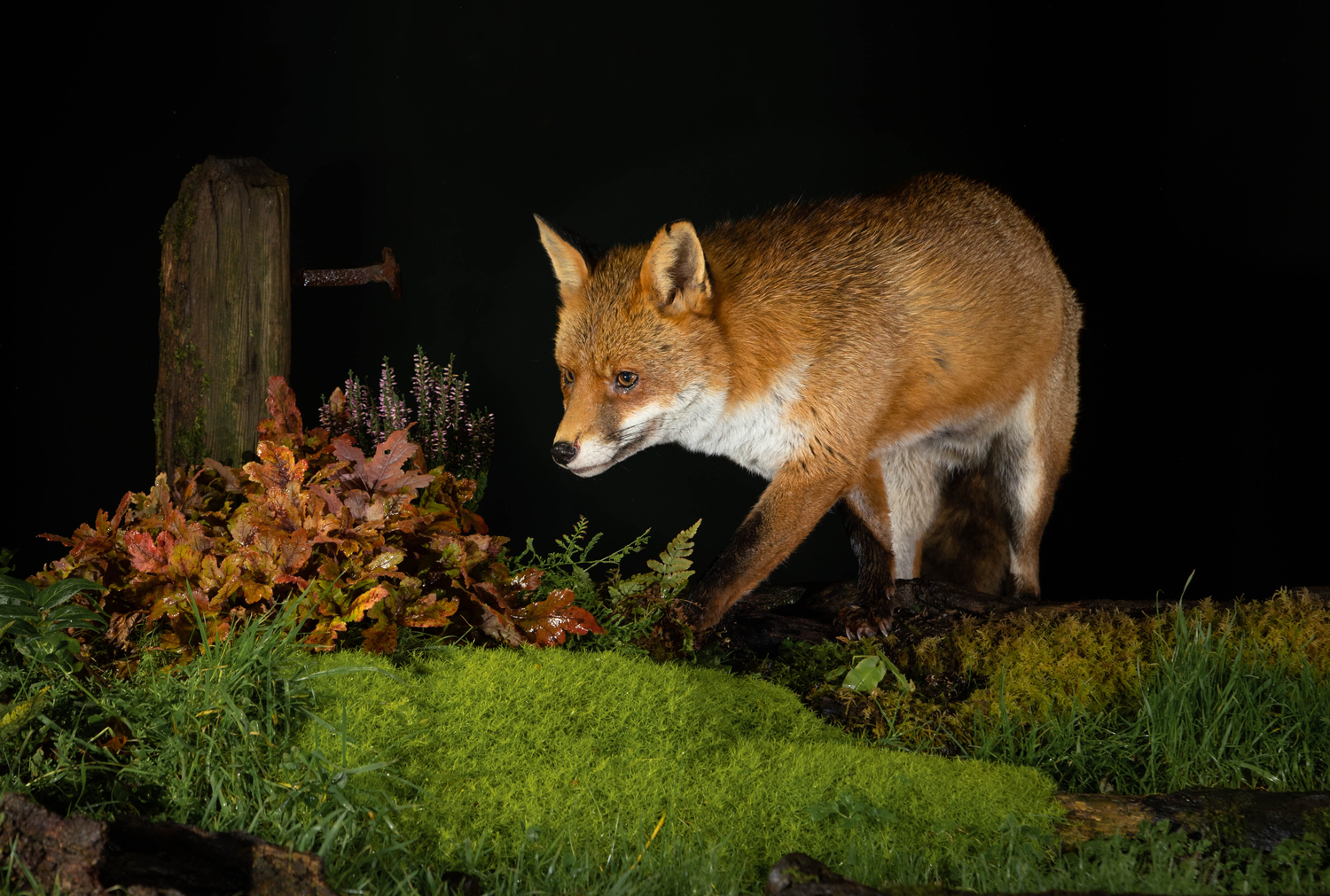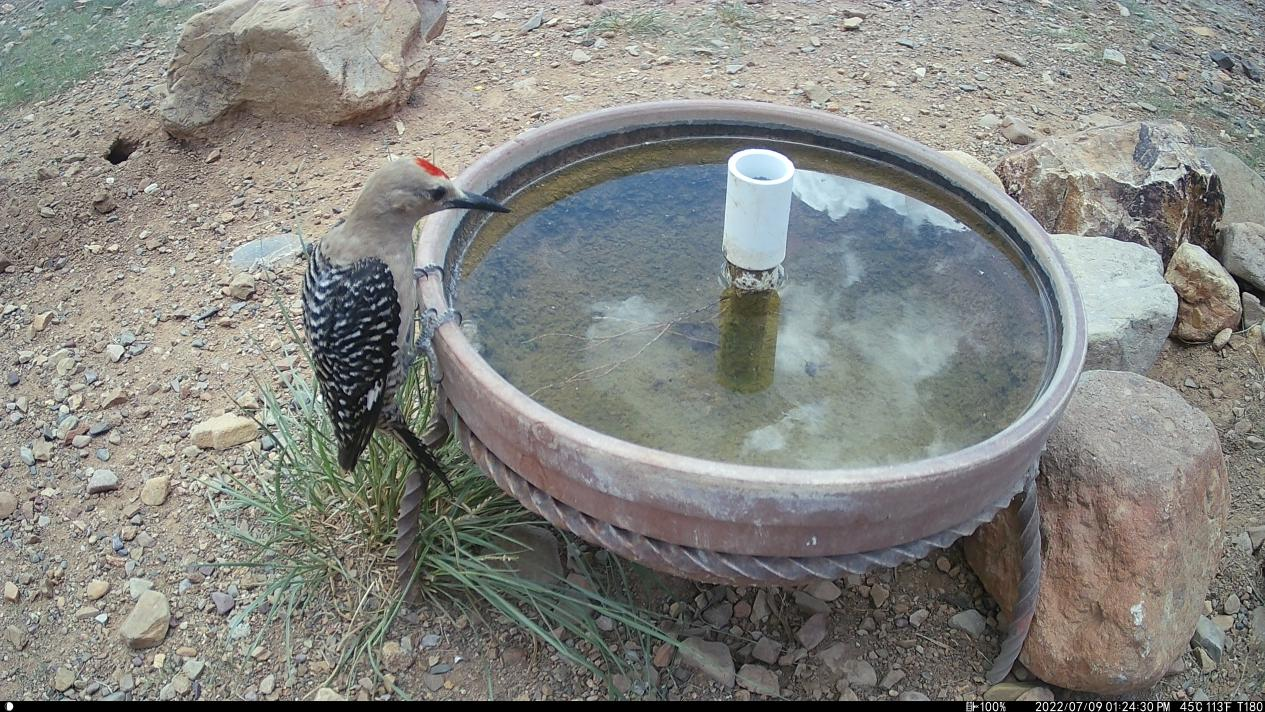In an age where technology continually evolves, trail cameras have become essential tools for wildlife enthusiasts, hunters, and researchers alike. These innovative devices allow us to capture the hidden moments of wildlife, offering a window into the natural world that is often unseen. In this blog post, we will delve into the fascinating world of trail cameras, exploring their uses, features, and tips for getting the most out of your device.
What is a Trail Camera?
A trail camera, also known as a game camera, is a rugged and weather-resistant camera designed for extended outdoor use. These cameras are equipped with motion sensors that trigger the camera to take a photo or record a video whenever movement is detected. This hands-off approach makes trail cameras ideal for monitoring wildlife, tracking game, and even enhancing security on your property.
Key Features of Trail Cameras
Motion Detection: Trail cameras are equipped with motion sensors that activate the camera when an animal or person passes by. This ensures you capture the most interesting and relevant moments without having to manually operate the camera.
Night Vision: Many trail cameras come with infrared LEDs that allow for clear images and videos even in complete darkness. This feature is crucial for nocturnal wildlife monitoring.
High-Resolution Images and Videos: Modern trail cameras offer high-resolution image and video capabilities, ensuring that you get clear and detailed footage of the wildlife or intruders on your property.
Durability: Designed to withstand harsh outdoor conditions, trail cameras are built with sturdy materials that can endure rain, snow, and extreme temperatures.
Long Battery Life: Trail cameras are designed to operate for extended periods, often with battery life lasting several months. Some models also offer solar panel compatibility for even longer deployment.
Wireless Connectivity: Advanced trail cameras come with Wi-Fi or cellular connectivity, allowing you to remotely access your footage, receive real-time alerts, and adjust settings from your smartphone or computer.
Popular Uses for Trail Cameras
Wildlife Monitoring: Trail cameras are widely used by biologists and nature enthusiasts to study animal behavior, monitor endangered species, and observe migration patterns.
Hunting: Hunters use trail cameras to scout for game, track animal movements, and identify the best hunting spots. This can greatly increase the chances of a successful hunt.
Home Security: Trail cameras can be strategically placed around your property to monitor for intruders or unwanted visitors. Their motion detection and night vision capabilities make them an excellent addition to any security system.
Outdoor Photography: Photographers use trail cameras to capture stunning images of wildlife in their natural habitats without disturbing them. This allows for unique and candid shots that are otherwise hard to achieve.
Tips for Using Trail Cameras Effectively
Placement is Key: Position your camera where wildlife is likely to pass, such as near water sources, trails, or feeding areas. Ensure the camera is at the right height and angle for optimal coverage.
Check Settings: Adjust the camera settings based on your needs. For example, if you are monitoring a fast-moving subject, you may want to reduce the trigger interval to ensure you capture more images.
Regular Maintenance: Check your camera periodically to ensure it is functioning correctly. Replace batteries and memory cards as needed, and clean the lens to maintain image quality.
Use Camouflage: To avoid startling wildlife, use natural camouflage to blend your camera into its surroundings. Many trail cameras come with camouflage patterns to help with this.
Review and Analyze: Regularly review your footage and images to understand the patterns and behaviors of the wildlife or game in your area. This information can be invaluable for researchers and hunters alike.
Conclusion
Trail cameras are incredible tools that bridge the gap between technology and nature. Whether you are a wildlife enthusiast, a hunter, or someone looking to enhance their home security, a trail camera can provide invaluable insights and peace of mind. By understanding their features and uses, and following best practices for deployment, you can unlock the full potential of your trail camera and capture the hidden wonders of the natural world.




Leave a comment
This site is protected by hCaptcha and the hCaptcha Privacy Policy and Terms of Service apply.